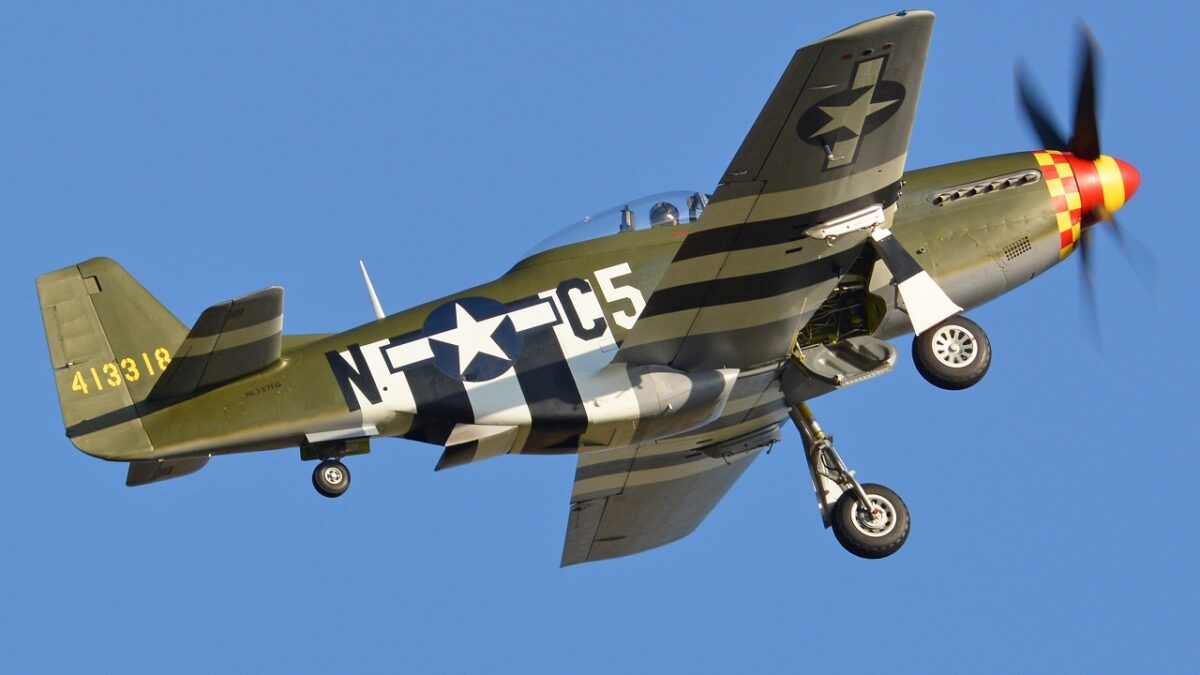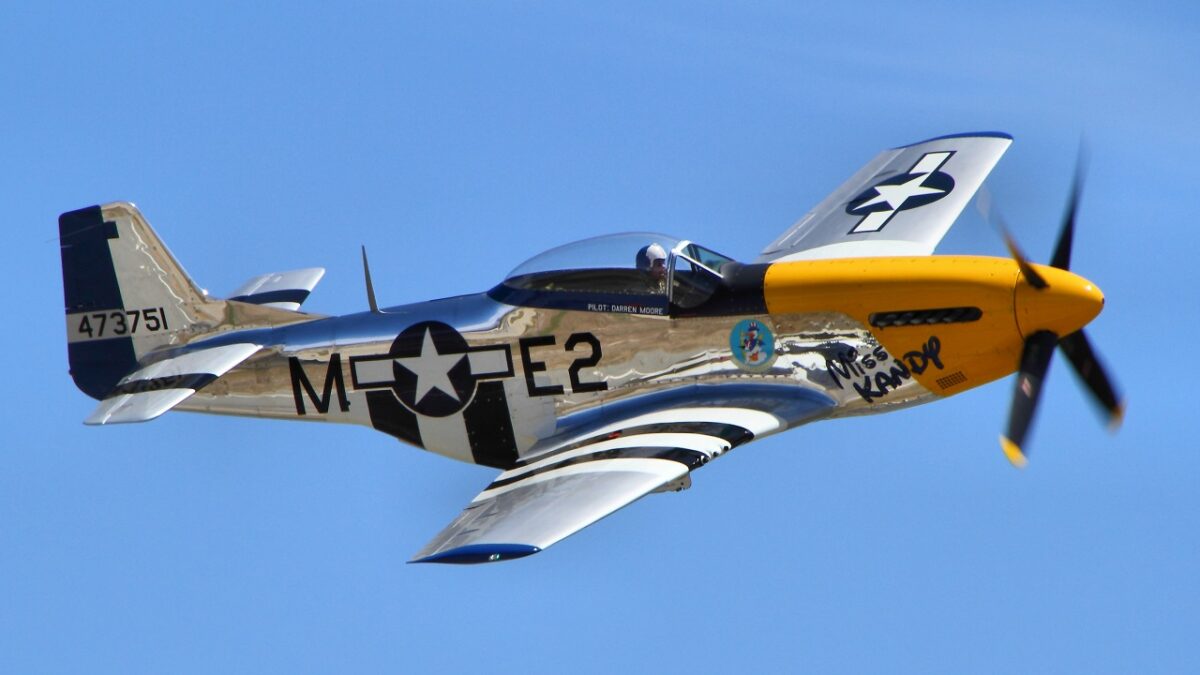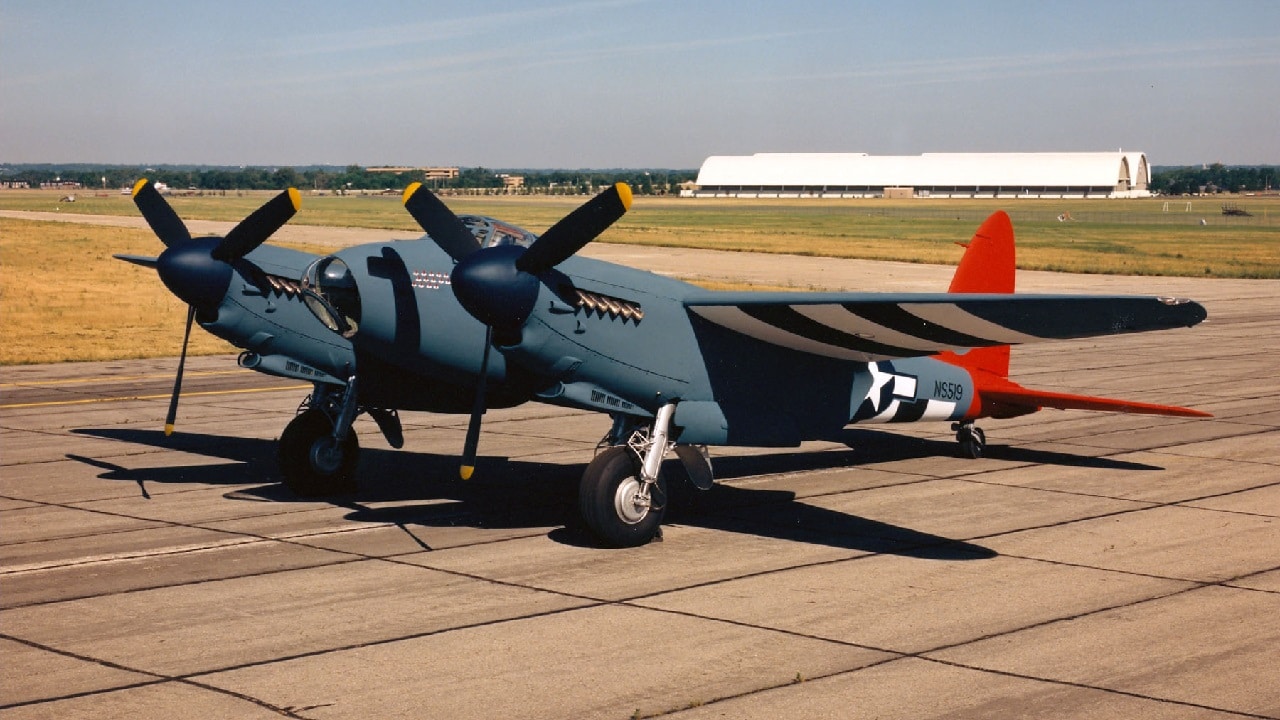How the de Havilland Mosquito Became a ‘Wooden Wonder’ – Throughout military history there have been weapon platforms that no one wanted, and yet proved to be invaluable to the war effort. The de Havilland Mosquito was such a weapon. Known as “Mossie” or the “Wooden Wonder,” the aircraft was one of the more unique combat aircraft to see service during the Second World War.
(Subscribe to Our YouTube Channel Here.)
Developed originally as a two-seater, unarmed fast bomber, the aircraft was subsequently utilized as a fighter, fighter-bomber, night fighter, ground-attack aircraft, torpedo bomber and U-Boat hunter, transport and even reconnaissance aircraft. As a result, the Mosquito became one of the first true multi-role combat airplanes and was possibly the most useful single type of aircraft produced by the Allies in World War II.
All despite the fact that the British military didn’t really see the aircraft’s potential, and the Royal Air Force virtually ignored the aircraft at first.
It Was Made of Wood
The airframe was unique in that it was made mainly of wood – hence the Wooden Wonder moniker. That was due to the fact that metal was in short supply; and while there were plenty of specialists with the skills to work with metals, they were already employed on the construction of battleships, submarines, and shells for bombs.
However, there had been a large supply of wood throughout the British Empire, and no shortage of skilled carpenters and cabinet makers who were called in to help with the production of the wooden plane.
English aviation pioneer Geoffrey de Havilland had actually begun development of the aircraft in 1936 when the Air Ministry had first called for designs for a new fast medium bomber that would be capable of carrying a 3,000-pound bomb load and have a range of 3,000 miles. At the time, most manufacturers submitted designs for heavy bombers with four-engines and defensive turrets. The Air Ministry was initially skeptical of a wooden aircraft, yet de Havilland pressed forward – and the result was a fighter/bomber that featured technology and aerodynamics far more advanced than the Spitfire.
Even after a prototype had been ordered, the limited nature of the program – with just 50 aircraft – meant that it was removed entirely from future plans three times after the Dunkirk evacuation. That could have been the end of the Mosquito, but like the pesky insect on a summer night, its supporters kept coming back to highlight its potential. One of those was Patrick (later Sir Patrick) Hennessy, who had been brought in from Ford Motors to run British aircraft production.
Hennessy’s support paid off and the prototype “plywood” Mosquito made its first flight on November 24, 1940 with Captain Geoffrey de Havilland, Jr., the chief test pilot at the controls, and John E. Walker, chief engine installation designer, in the right-hand seat. The aircraft proved to be fast and agile, and quickly its detractors were silenced.
Official trials at the A&AEE Boscome Down in early 1941 confirmed that the aircraft met or exceeded de Havilland’s speed and handling expectations. When it entered service later that year, it was one of the fastest operational aircraft in the world.
It could carry four 500 pound bombs, while a later version – the Mark IX – doubled the bomb load, while the Mosquito was also fully-loaded with cannons and machine guns. It was employed in its numerous roles – and it was the first aircraft to carry bombing radar. A Mosquito became the first twin-engine aircraft to land on a ship, when on March 25, 1944 one landed on the carrier HMS Indefatigable.
The Mosquito service with the RAF and other air forces in the European, Mediterranean and Italian theaters of operation.
In total 7,781 Mosquitoes in 43 versions were manufactured in England (6,429), Canada (1,134) and Australia (208); and the aircraft was flown by the air forces of twelve Allied nations during the Second World War. By the end of the conflict, Mosquito pilots had scored more than 600 confirmed kills against enemy aircraft.
Bonus Photo Essay: Meet the P-51 Mustang

P-51D. Image Credit: Creative Commons.

P-51 Mustang. Image Credit: Creative Commons.

The Mustang was among the best and most well-known fighters used by the U.S. Army Air Forces during World War II. Possessing excellent range and maneuverability, the P-51 operated primarily as a long-range escort fighter and also as a ground attack fighter-bomber. The Mustang served in nearly every combat zone during WWII, and later fought in the Korean War.

P-51 Mustang. Image Credit: Creative Commons.
Now a Senior Editor for 1945, Peter Suciu is a Michigan-based writer who has contributed to more than four dozen magazines, newspapers and websites. He regularly writes about military hardware, and is the author of several books on military headgear including A Gallery of Military Headdress, which is available on Amazon.com. Peter is also a Contributing Writer for Forbes.

